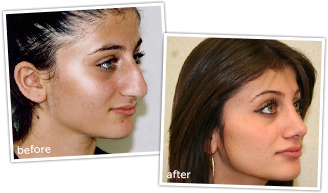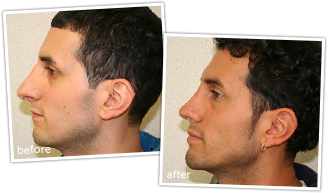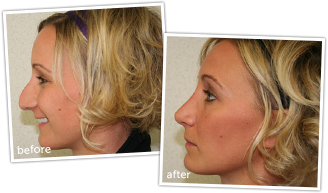If Your Breasts Are Too Large, a Breast Reduction Can Help

Disproportionately large breasts can be an enormous cosmetic concern for most women and can also be an underlying cause for a number of related health conditions, such as neck pain, shoulder pain, and backaches. If you are concerned about the size of your breasts, you may want to consider coming in for a breast reduction.
Breast Reduction
Also known as reduction mammoplasty, breast reduction is a procedure that is used to achieve a reduction in the natural size of the breasts to make them more proportionate to the patient’s body.
Apart from providing proportionate body contours, breast-reduction surgery has also been found to be effective in alleviating the symptoms of health conditions. This procedure can restore an individual’s ability to participate in rigorous physical activities such as running, playing sports, and exercising at the gym.
Before Your Breast Reduction
If you are contemplating a breast reduction, the first step is a consultation with Dr. Gikas. During the consultation, Dr. Gikas will perform an examination and ask you about any other medical conditions that you might be experiencing.
After assessing your general health, Dr. Gikas will educate you on the breast-reduction procedure that will be performed to help you achieve your desired breast volume.
The Procedure
Depending upon your body type and the degree of reduction required, the breast-reduction surgery may either be carried out as an outpatient procedure or you might be asked to spend the night at the hospital. More often than not, the breast surgery is performed under general anesthesia and you will be unconscious during the entire procedure.
When it comes to incisions, Dr. Gikas has several options. To remove a large amount of tissue, the incision will be made around the areola, downward to the breast fold, and across the fold in a curve. If less tissue needs to be removed, the curved incision will not be created, and in some cases, only the incision around the areola will be needed.
Once the incisions have been made, the excess fat, skin, and breast tissues will be removed. The nipple-areolar complex may be altered in size and/or position as needed to fit the breast’s new proportions. The incisions will be sutured closed and left to heal. In some cases, a drainage tube might be attached to the operated breast to drain out excess fluids.
The Recovery Process
Your operated breasts might feel a little tender or sensitive for a couple of days after the surgery. However, the medication (analgesics and antibiotics) prescribed by Dr. Gikas will help manage the pain and inflammation in the recovery period. Patients are also advised to wear a compression bra to avoid accumulation of fluids in the operated area and help promote faster recovery.
Make an Appointment for a Consultation
Breast-reduction surgery has been found to produce extremely satisfactory results that are more or less permanent and help eliminate myriad problems associated with large breasts. Schedule a consultation with Dr. Elias Gikas, a board-certified plastic surgeon – contact our office today to get started.



